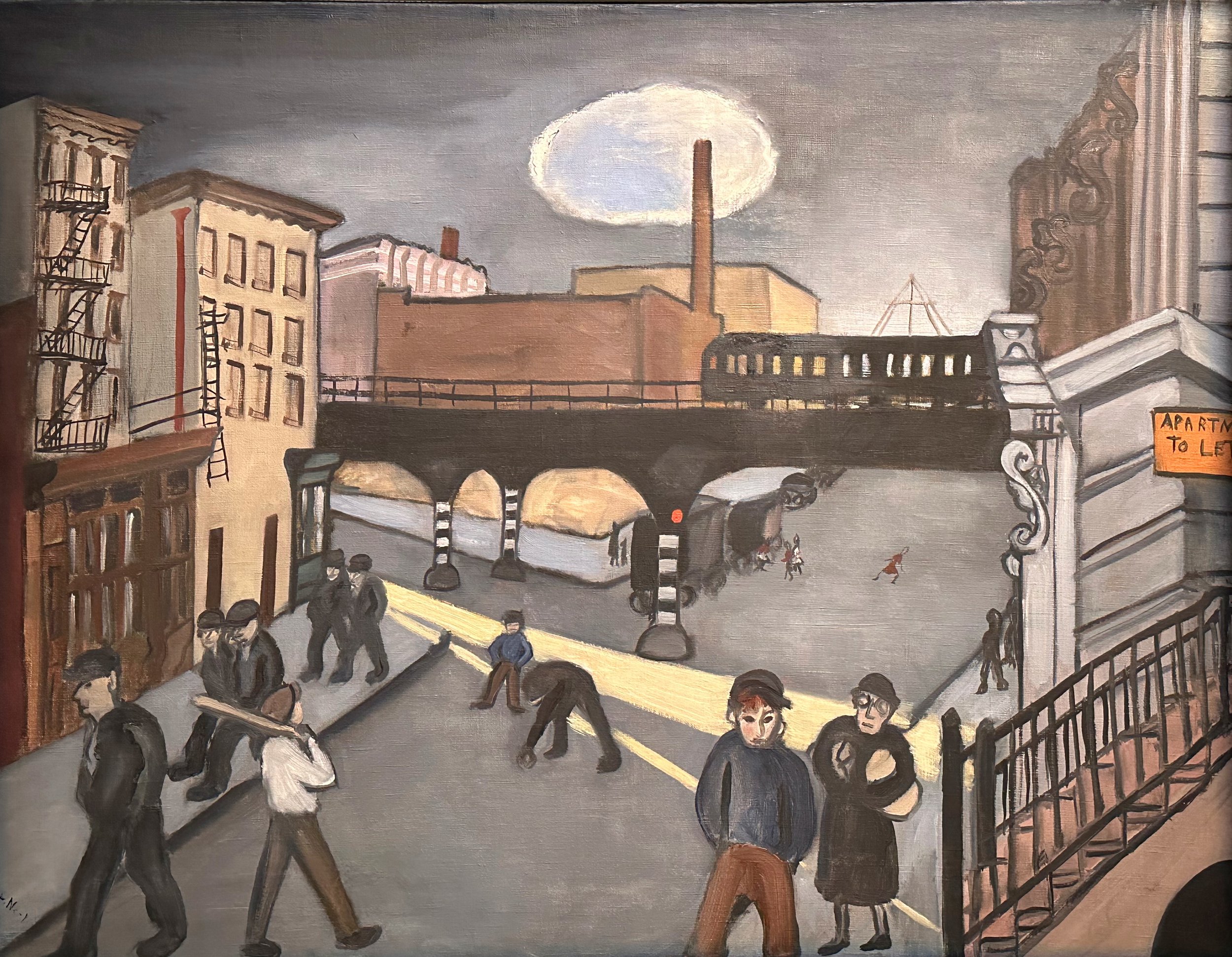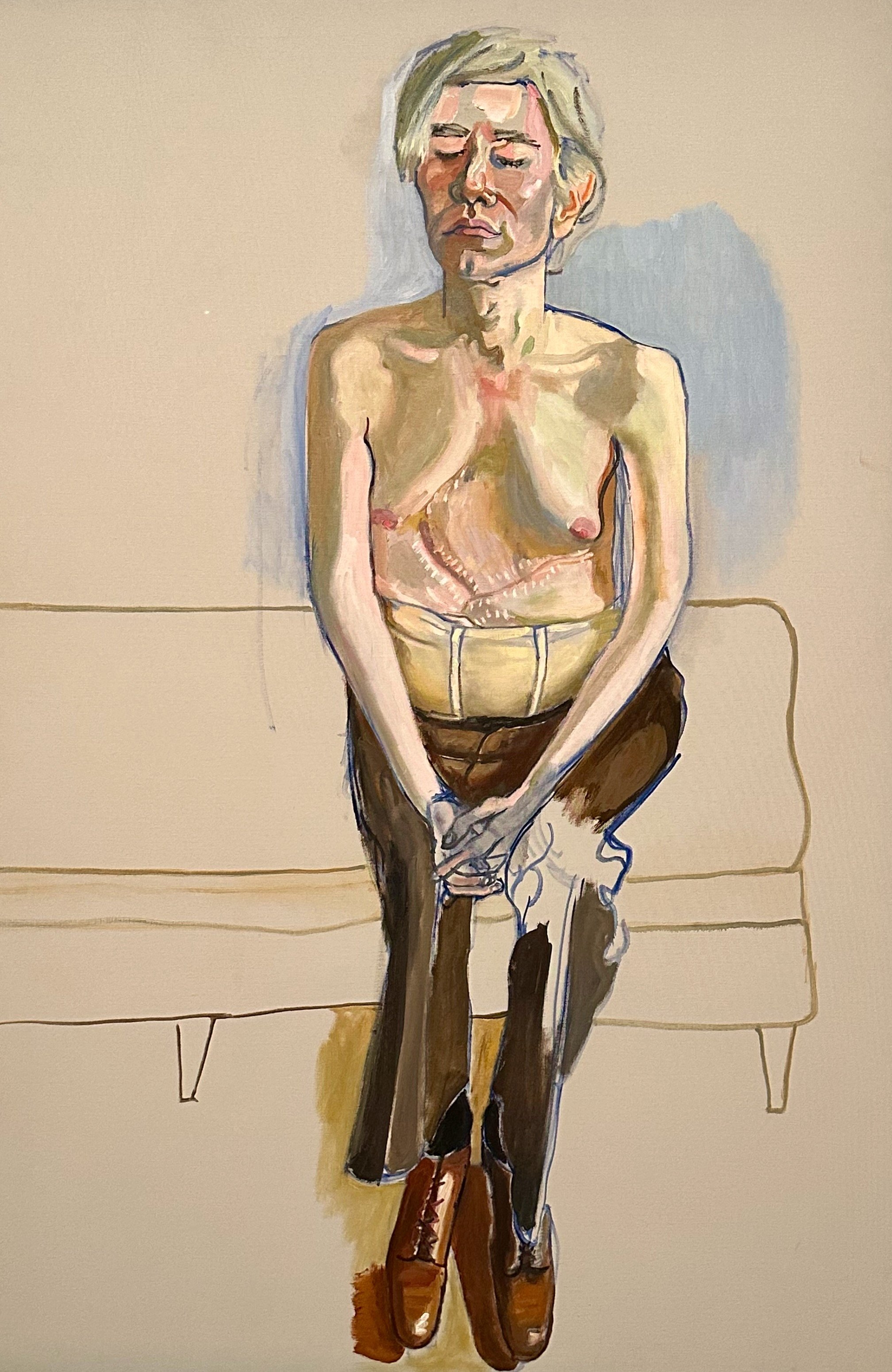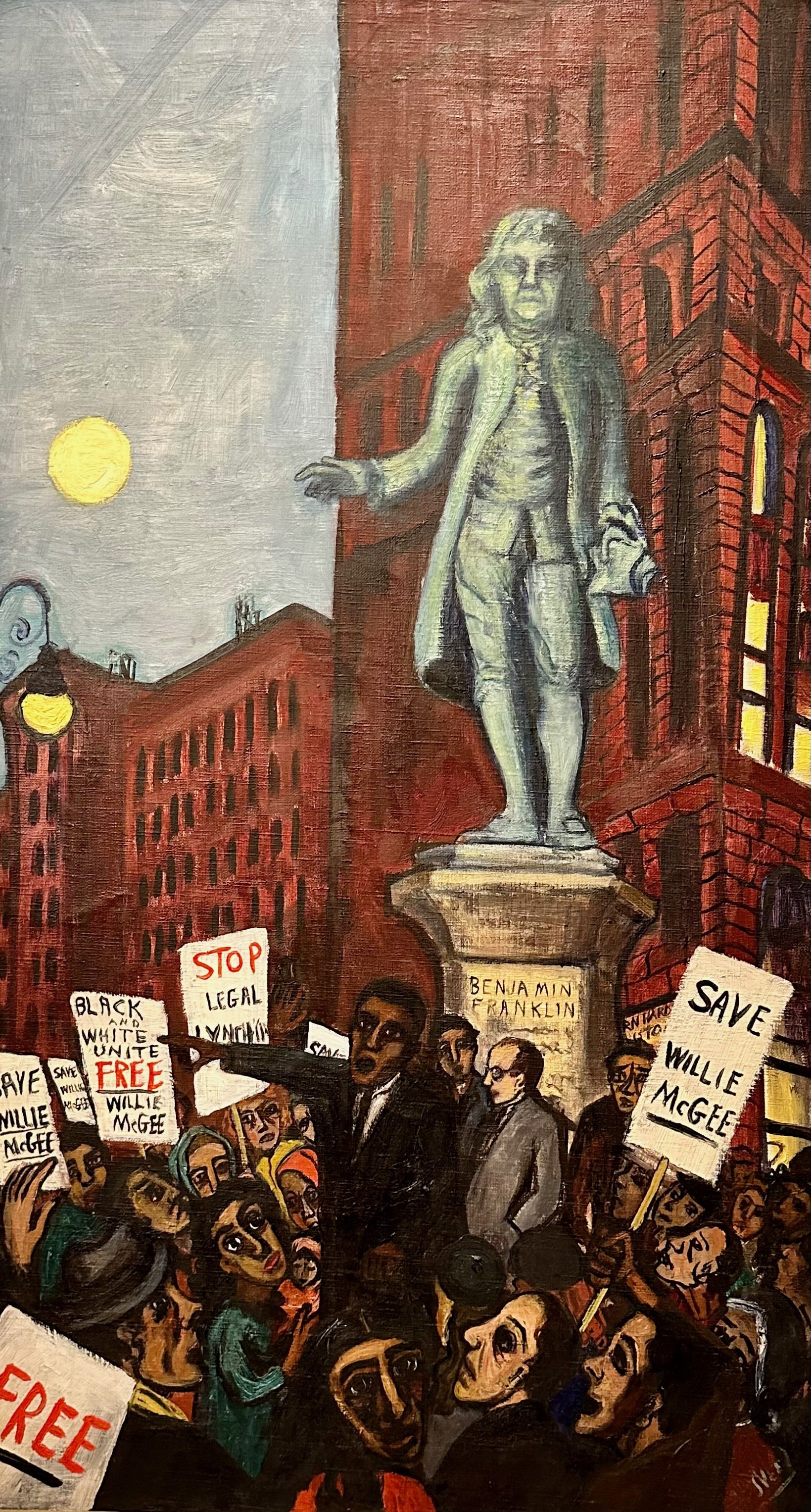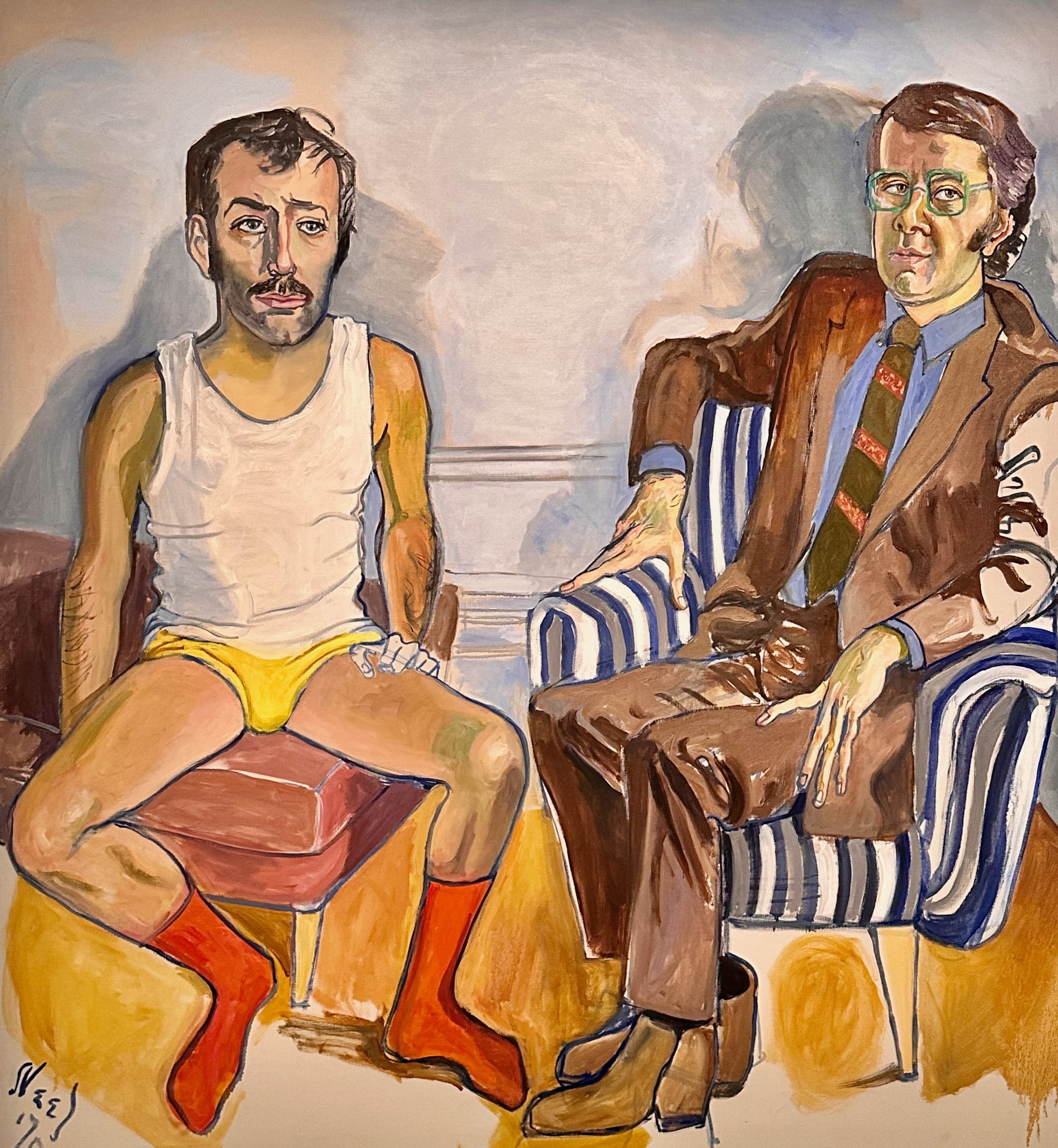This Victoria watering hole serves as a reminder of an American's most difficult task: making friends in London
The Colonies is marked as a Public House on an 1895 London map, and is sandwiched between a school and a Roman Catholic Chapel — all tucked away between Victoria and the area surrounding Buckingham Palace. As with the nearby Cask and Glass, the Colonies is a relatively recent name, however, dating from 1976 — 200 years from the date Americans declared themselves free of England. The pub was actually built in the early 19th century and its original name was the Pineapple. It’s not a free house, the term for a pub that isn’t tied to any specific brewery. Rather, The Colonies is now a Greene King pub, which runs more 3,100 pubs, restaurants and hotels across England, Wales and Scotland, and serves its own brand of beer. No Bud, Coors or Miller here, American friends. Best overlook those pilgrims on the sign and move on.
Making Friends in London
The author with Sir John Bird, working on a story about The Big Issue, which Bird founded 30 years ago.
A few years into my time living in New York, I had a friend who worked at Diageo, one of the world’s largest alcohol companies located in London, I expressed a bit of jealousy. I had loved London since the first moment I touched down in the city for study abroad in the summer of 1998: the buildings that dates from the 10th century to the 20th, the extra large and green parks, the classic wood-countered pubs with the funny signs and all the accents bouncing around the place. Of course, back in 1998 at Northwestern, I had an instant community: house in Holborn, friends, activities and, well, a goal. When I told this to my friend, comparing London to New York (New York and I always had a love/hate relationship) he shut me down. “Yeah, London is great, but it’s really hard to make friends there,” he said. “I would just stay put.”
A dozen years and a pandemic later, I live in London, and although I try to keep up with my friend, he no longer works for Diageo and never comes to London. Since I spend limited time in the States right now, we sort of lost touch. But if I saw him tomorrow, I would actually admit that he was right.
When your country is split into two factions — hard-core conservatives and seemingly ineffective liberals — and moving backwards by overturning abortion rights, continuing to propagate racist ideologies, allowing the free sale of every gun imaginable and even baiting anti-gay voters by cracking down on drag queens, the only refuges are the coastal cities. When coastal cities like New York become intolerable because of the concrete, the expense and the crazy, it’s time to look overseas. In 2020, I looked to London. My partner at the time was English, and as a freelancer I could work anywhere. The future seemed brighter and easier on the East Side of the Atlantic.
The author floating on an inflatable swan in Easthampton, New York during the summer of 2014.
In many ways it has been. My girlfriend’s family loved me so I had instant family. She had a job, and I could focus on finding my own. And we got civil-unioned, so I had an imminent visa.
Nevertheless, I crash landed into England. Change for a girl from Oklahoma has never been easy and after 20 years as a New Yorker, the fear grabbed a serious hold of me. Having not had a drink since 2012, when the pandemic rolled around and all of my resources went away — my tennis groups, my running club, my close friends — I started up again. After the move was delayed a month due to a delayed visa, I spent the four weeks in a drunken haze, until the pancreatitis hit me. Three days in Birmingham’s Queen Elizabeth hospital set me on the right path — sort of. I vowed to join anything and everything to stay busy, not drink and fill that Manhattan-shaped friendship void.
As soon as we landed a permanent place in London, I jumped into LTA league tennis. Next, I sought out the black-striped jersey of the Fulham Run Club. Then, to round out the athletics, I signed up for a cycling club at a local shop near Richmond Park. Finally, I found lesbian “Meet Up” and enrolled myself and my girlfriend in EVERYTHING. She encouraged the prior and just rolled her eyes at the latter.
With three or four matches a week, I met a lot of people through the LTA around Wandsworth. Tennis is not generally a friendly sport — players can get ridiculously competitive, including me. But I tried to dial it down a bit and gave out my number freely. Nevertheless, after those matches, I never saw any of my opponents again.
On the running front, I joined three: a track session, a rather rainy run around Putney and a 5K in Battersea Park. Still recovering from my hospital stay, I was slow. Fellow runners circled back to ensure I was not left behind, until they didn’t. In Battersea Park, the gun went off and the crowd was 500 meters ahead before I had my headphones in.
The cycling didn’t prove much easier. The London Dynamo — a citywide, multi-level cycling group flat out rejected me after I couldn’t keep up on the Richmond Park Hills during a “trial ride.” The leader pulled out small group over, looked directly at me and said “If you’re having a hard time keeping up, just ride back to the parking lot, grab a coffee and hang out.” I took the hint. Two months later with my new club, I joked that I was better at lapping cars in New York traffic than scaling those hills. Ultimately, however, I left Richmond Park for the skinny 40 mph dudes in tight kit. Regarding the Lesbian Meet Ups, my girlfriend just couldn’t be bothered to rock up at a random park or museum on a Sunday and exchange small talk with a bunch of strangers. When the time to leave for the event rolled around, ultimately, neither could I.
Looking back, however, I think I had actually found my tribe in New York. The city is the land of misfits — the place where everyone who doesn’t belong anywhere else eventually lands. And if anything, I am a misfit.
The author missing some baby teeth and nonetheless making a goofy face at age six.
Despite being a relatively confident child, when 1985 rolled around, everything changed for me. Almost simultaneously, my parents decided to send me from my solidly middle-class parochial school to a tony college preparatory school with many of the offspring of the oil-moneyed families of Oklahoma; I started to put on weight thanks to that thing called puberty; and lastly, my lawyer parents decided to call it quits after 15 years together. I walked into the halls of my new school on the first day thinking my best friends, who also switched schools, would have my back. They didn’t. To make things worse, I didn’t have the Ralph Lauren shirts, the Cole-Haan shoes, the Louis Vutton purses and the TAG watches of my peers. My mother wouldn’t let me wear a short skirt, finding them — even with gym shorts underneath — suggestive. So, I wore mine down to my knees with a slip underneath. My second fashion strike: a Coca-Cola brand denim bag I dragged into school thinking I looked incredibly cool. After a day of lampooning, I came home, ran into my bedroom and threw that thing on the top shelf of my closet. I never saw it again.
To avoid any more scrutiny at school or at home, I decided to shut my mouth, keep mum, make myself as small as possible for however many years I needed. Tennis lessons ultimately became my saving grace. Not only did they help me lose weight and give me some poise, but also, tennis proved the great equalizer in a class-stratified bubble. I started to spend all my waking time out of school on a tennis court: lessons, drills, ball machine, followed by training runs, sit-ups, push-ups and weights — five to six days a week. If agreeing on virtually nothing else, my parents at least were in consensus to keep these going for me. When the cool kids were out drinking at the local parks after school, I was dragging a 40-pound ball machine from a shed to my school courts. The bruises on the back of my legs, my friends joked, made them wonder if I was actually getting beaten and using tennis as an excuse.
It paid off in the end, as I was able to walk on to the team at Northwestern University, a top school in the Midwestern US — a 12-hour drive from home, but still close enough to make it home in a day. But all the striving to play varsity tennis came at a cost: my first semester GPA was a 1.9 out of 4.0, or three Cs and a D. Not only did that report card keep me out of the secret sisterhood of American sororities, but it also kept me from practicing less and my head in the books more. My tennis dream ended, and I finished school a bit lost. I was also facing one of the biggest, most nerve-wrecking reveals of my life: that I was, indeed, gay. Everyone at prep school knew it before I did, but in an effort to not further ostracize myself, I desperately tried to pretend otherwise. I didn’t need another social slight. But in 1999, I came out and promptly moved away.
The author showing off a grand birthday present in the fashion of the mid-1980s: a Coca-Cola brand rugby shirt.
It took a few years for me to come around to the idea of New York. It was loud; it was chaos, often uncontrolled; it was crazy. My first memory of the place was driving out of the Lincoln Tunnel on to 10th Avenue surrounded by walking people during the lunch hour wondering what the hell I had got myself into. But joining up with Columbia Journalism School in August 2001, might have — in hindsight — been the best decision I ever made, aside from leaving Oklahoma. For the first time in my life, I was surrounded by people from dozens of different cultures and in an environment that fostered my creativity, my quirkiness. Although I hated the noise, the traffic, the trash, the crammed spaces and the hustle of it all, I loved my profession. The people were transient but incredibly talented a erudite; the sites were surreal but tangible; and the stories were better than fiction. And at the end of the day, I could hit up a local party or sidle up to my favorite bar and jaw the keep’s ear off.
When it came time to finish Columbia, I decided to remain in New York — my transient home. At first the transition was hard — and within a few years I had to give up drinking, the crutch that carried me through some of my most difficult times — but with each move, from Manhattan to Brooklyn and back, each girlfriend breakup and each personal trial, I made new friends, including through a local running club, where I met two of my very best friends, both significantly younger than me, but with whom I had rapport. The hipster lesbians at Alcoholics Anonymous in Brooklyn could dismiss me all they liked. I was a prep-school kid in an artist’s world, after all. However, I could always go for a run with one of my buddies; it helped my life feel lighter.
At an overgrown tennis court in Dorset, summer 2022.
When the idea of London rolled around, I figured, I built a life in a strange city once, why would this be so hard to replicate overseas? Many people like to speculate: England, even London, isn’t as transient? Hmm, no, if anything, London is possibly more diverse than New York with people coming and going all the time. The English generally keep to themselves, especially when displays of emotion are involved? Sure, but so do the upperclass WASPy Americans who populate many pockets of America. One theory from a friend: England is often rainy and when the sun comes out, they want to spend the days with their friends and family, not a newbie from America. A bit out there, but sure, at this point, I will grasp at straws.
I still have that book Watching the English by the anthropologist Kate Fox, and it may be time to drag it out again. But for now, I just have to content myself with statistics, I suppose. A recent global study of 10,000 people found that Britons have fewer “best friends” — 2.6 on average — than those in other countries, even Saudi Arabia, where participants reported 6.6 best friends on average. I guess then, that the English are just choosier or pickier, however one wants to describe it. That means they likely trust fewer people and it takes them longer to do so. Maybe the rest of us are just less skeptical.
It’s cliche to say that the only constant is change, but in my case, it’s true. Life in New York will never be the same — people move on, friends leave. So I guess I am in London for the long haul — friends or not. If nothing else, I have Bromley, the cat. She’s a local.
Will the author ever make enough friends to have a big dinner party in London? Only Zoltar knows…





























